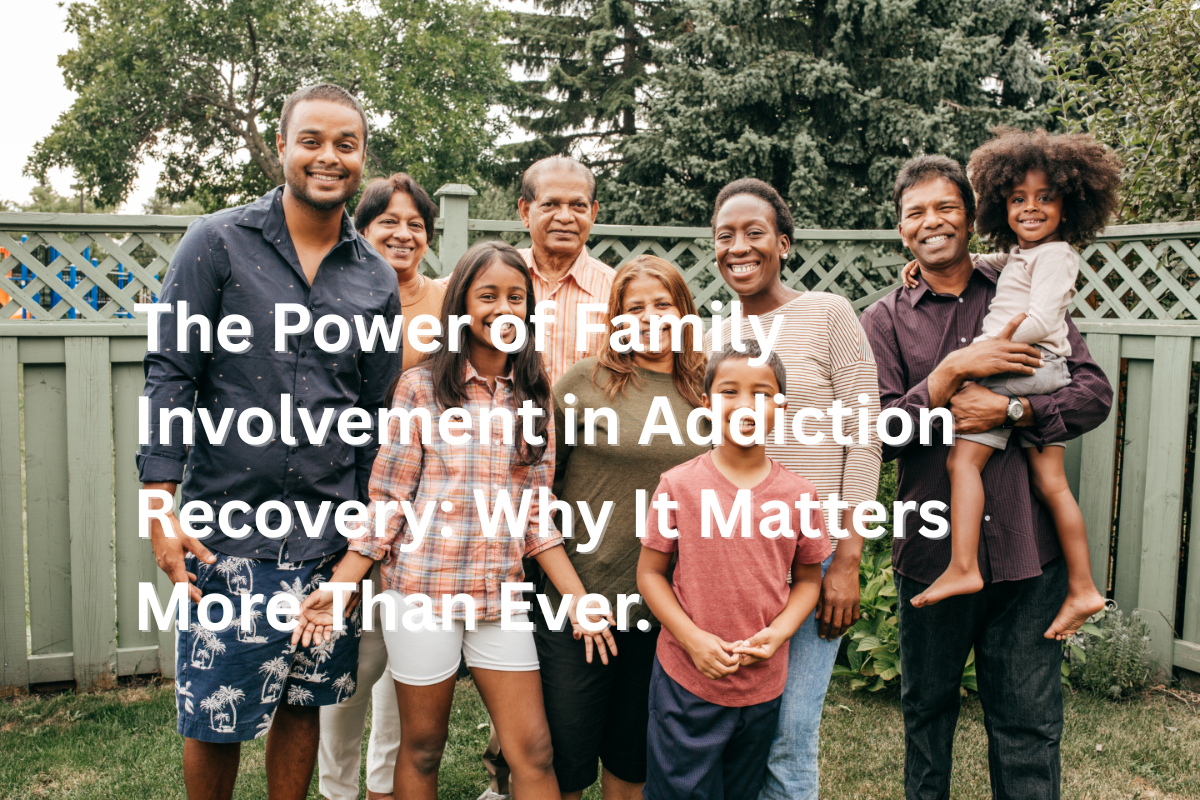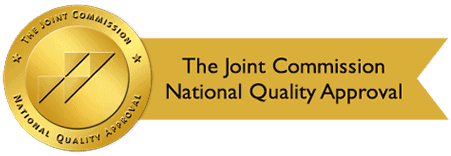By: Design for Change Recovery
Categories:
The Power of Family Involvement in Addiction Recovery: Why It Matters More Than Ever.
You are here:When someone struggles with addiction, it doesn’t just affect them—it affects the entire family. But just as families can be impacted by addiction, they can also become one of the most powerful forces in recovery. At Design for Change Recovery, we’ve seen firsthand how family involvement transforms outcomes. Recovery is rarely a solo journey; it’s a process of rebuilding trust, learning healthy communication, and growing together.
Why Family Involvement Matters
According to the Substance Abuse and Mental Health Services Administration (SAMHSA), family participation in treatment significantly increases the chances of long-term recovery. When loved ones understand the recovery process, they’re better equipped to provide support and reduce relapse risk.
Addiction is often called a “family disease” because it disrupts relationships, communication, and emotional balance. Family involvement helps:
- Rebuild trust and emotional connection
- Encourage accountability and positive reinforcement
- Educate loved ones about addiction and triggers
- Provide a foundation of empathy and shared healing
In fact, research from the National Institute on Drug Abuse (NIDA) shows that family engagement in therapy not only improves recovery rates but also enhances emotional health for the entire family.
Understanding the Role of the Family in Recovery
Family members often play different roles throughout addiction—some may try to “fix” things, while others withdraw out of frustration or pain. Treatment helps families recognize these patterns and learn healthier ways to cope. Through structured family therapy, communication improves, boundaries are reinforced, and understanding deepens.
Family involvement isn’t about blame—it’s about connection. It allows loved ones to process their own emotions while helping the person in recovery build a new sense of belonging and support.
Family Therapy in California Addiction Treatment
California treatment centers, including Design for Change Recovery, have embraced a family-centered approach to healing. Family therapy sessions often include:
- Education on addiction as a disease, not a choice
- Guided communication exercises to improve listening and empathy
- Boundary-setting and conflict resolution tools
- Relapse prevention planning for the entire family
At Design for Change, family sessions are tailored to each client’s circumstances. Whether it’s helping parents reconnect with a child or guiding spouses through rebuilding trust, the goal is to strengthen relationships while supporting sustained recovery.
Breaking Cycles: Healing Beyond the Individual
When families engage in treatment, they begin to heal their own wounds, too. Addiction often leads to broken communication, resentment, and unspoken pain. Addressing these issues allows every family member to find closure and growth.
Children of parents in recovery, for example, often experience emotional confusion or instability. Family programs provide a safe space for them to express feelings, understand the recovery process, and develop healthy coping mechanisms.
Communication: The Heart of Family Healing
Healthy communication is the cornerstone of family involvement. Many families learn new ways to express love, disappointment, and concern without enabling or judging. During family therapy, participants practice:
- Using “I” statements instead of blame-based language
- Active listening and empathy
- Recognizing and validating emotions
- Discussing boundaries with respect and clarity
Effective communication builds emotional safety, which is essential for ongoing support once formal treatment ends.
Common Challenges Families Face During Recovery
While family involvement offers incredible benefits, it can also bring challenges. Families may experience:
- Fear of relapse or disappointment
- Lingering resentment or guilt
- Difficulty understanding relapse triggers
- Balancing support with personal boundaries
These challenges are natural. That’s why programs like Design for Change focus on equipping families with tools and education to manage these emotions constructively. Family healing takes time—but the results are life-changing.
California’s Family-Focused Treatment Approach
California’s addiction treatment landscape emphasizes collaboration, education, and holistic recovery. Many facilities integrate family education workshops, alumni support groups, and community events that encourage lasting relationships beyond treatment. The state’s commitment to comprehensive care makes it one of the best environments for family-involved recovery.
How Design for Change Recovery Supports Families
At Design for Change Recovery, we believe recovery strengthens when families heal together. Our family program includes:
- Weekly family therapy sessions led by licensed clinicians
- Educational workshops on addiction, relapse prevention, and mental health
- Family visitation and communication planning
- Ongoing aftercare support for family members
We provide compassionate, evidence-based care that empowers families to rebuild trust and restore hope—together.
FAQ: Family Involvement in Addiction Recovery
Why is family involvement important in addiction recovery?
Family support helps rebuild trust, improve communication, and create accountability—making recovery more sustainable for everyone involved.
What happens during family therapy?
Family therapy focuses on communication, understanding addiction as a disease, and learning to set healthy boundaries while supporting recovery.
Can family therapy help prevent relapse?
Yes. When families understand triggers and recovery strategies, they can help reduce stress and reinforce positive habits that prevent relapse.
Do family members also need support?
Absolutely. Family members often need counseling or peer groups to process their own emotions and heal from the impact of addiction.
How can I get started with family therapy in California?
Contact Design for Change Recovery to learn about family-centered treatment options and start the healing process together.


